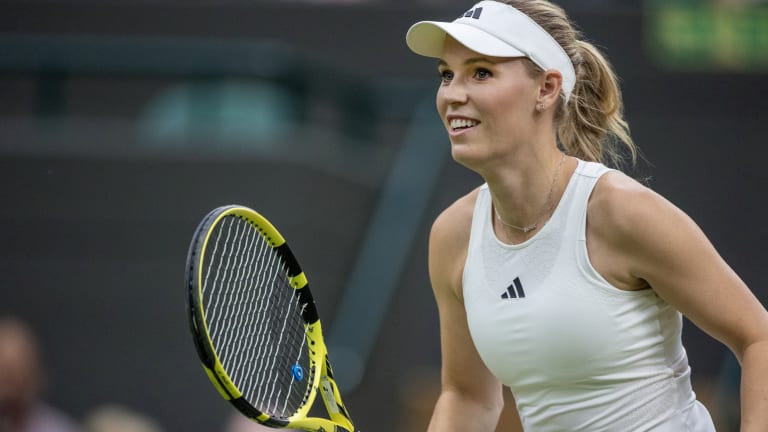They Said What?
Caroline Wozniacki and The Great Un-Retirement
By Jul 31, 2023They Said What?
'Big Brother' is watching ... tennis: Many eyes, in many ways, are on the sport in 2025
By Feb 13, 2025They Said What?
“There’s nothing wrong with not being Novak”: Sloane Stephens gets candid on Tennis Insider Club podcast
By Oct 21, 2024They Said What?
"New Heights" with Stefanos Tsitsipas
By May 15, 2024They Said What?
A Class Act, Easily Ignored: Kudos to Ons Jabeur
By May 06, 2024They Said What?
Luca Nardi defeats Novak Djokovic: Teachable moments from a stunning upset
By Mar 12, 2024They Said What?
Are we witnessing a new Daniil Medvedev?
By Jan 25, 2024They Said What?
Dayana Yastremska's racquet is doing the talking at the Australian Open
By Jan 22, 2024They Said What?
Deciding when to retire is a unique case for tennis players. Just ask Andy Murray
By Jan 18, 2024They Said What?
Roger Federer may not be tennis' GOAT, but as Rafael Nadal articulated, he's a 1 of 1
By Jan 06, 2024They Said What?
Caroline Wozniacki and The Great Un-Retirement
Tennis needs to retire the word “retire.”
Published Jul 31, 2023
Advertising
Advertising

Caroline Wozniacki's return will throw a new wrinkle into the tour in August.
© Corbis via Getty Images
Advertising
Advertising
Advertising

Game, Set, Bet: Credit One Charleston Open
Everything you need to know about this loaded 500—presented by BetMGM.